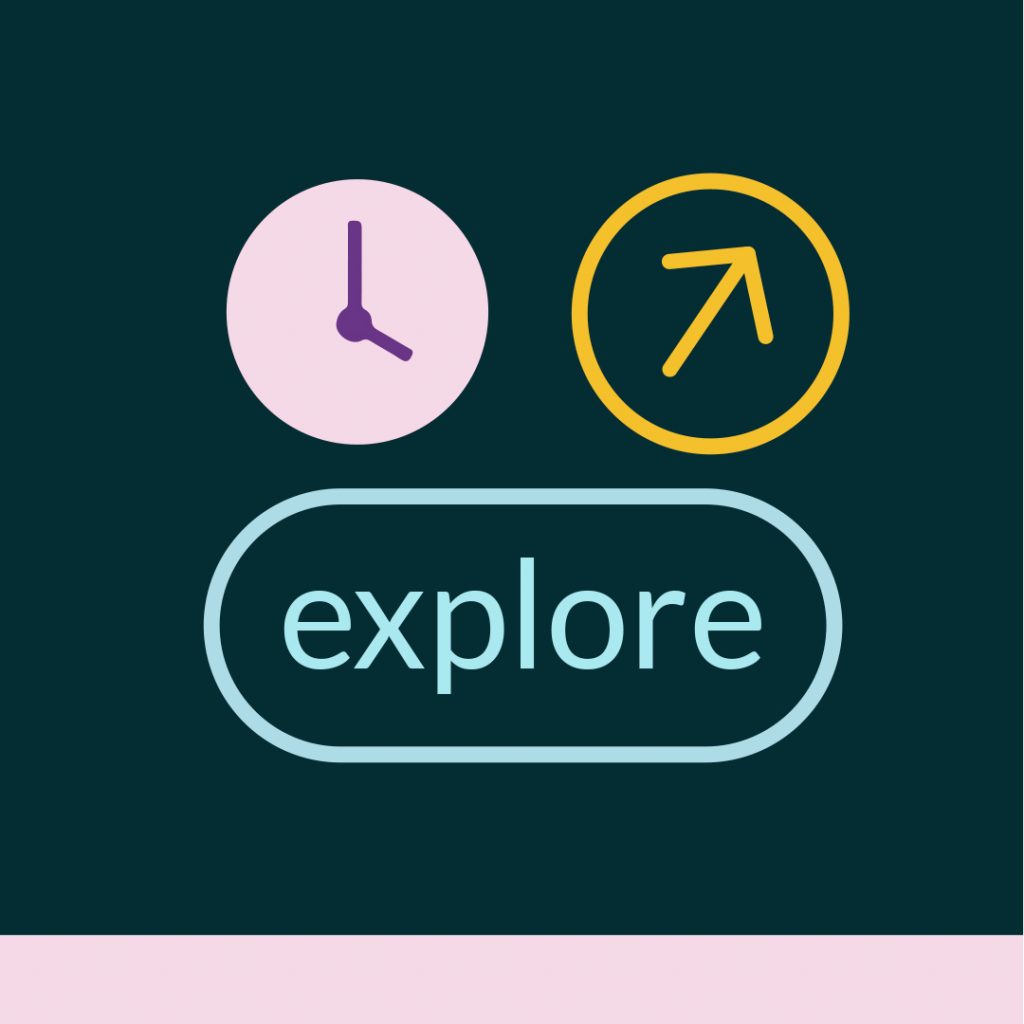Have you ever stopped to wonder what a successful language training program looks like nowadays? We can tell you why our classes and workshops are successful, though. At English Services, we use the latest technology, apply innovative methodos, and use real materials.
Let’s break this down.
Elements of a Successful Language Training Program
Synchronous and Asynchronous Classes in Synch
We offer blended classes, which are a mix of synchronous and asynchronous lessons. First off, synchronous classes are live and run in real time. Like traditional classrooms, synchronous classes have a set time, the teacher presents a topic, and the students work on the activities set by the instructor. Online synchronous classes are delivered via videoconferencing technologies like Zoom or Google Meet. These types of classes allow for immediate feedback and discussion.
On the other hand, asynchronous classes operate on demand. Students access class materials on the MLS (learning Management System) whenever is convenient for them. Asynchronous classes include podcasts, video lectures, quizzes, or games, among other activities. These are especially designed to support the topics learned during the synchronous lessons. So, students can practice and reinforce whatever they learned earlier. Also, they can be used to prepare for synchronous activities in advance.
Technology in the Classroom
There are many ways to integrate technology in language learning, as it allows for a variety of teaching and learning techniques. These are but a few:
- Gamification: playing games is a serious business! Students feel a sense of achievement when they play a game and get a reward. Also, they feel motivated to move on to the next lesson. When they play a game in the language they are learning, students of all ages practice discrete skills, like reading or following directions.
- Online discussion and forums: most video conferencing applications used for online synchronous classes offer breakout rooms where students can talk, discuss topics, or do group activities.
- The Metaverse offers an immersive experience where students can practice the target language. This virtual reality technology offers language students the possibility to, say, visit spaces created by people from other countries, where they can talk to native speakers. Also, teachers can create spaces to use in class, like a restaurant, where students can practice ordering food in a virtual environment that feels real.
- At English Services, we use our own CRM system, ES Conecta, to see reports, class material, manage lessons, and other functions.
Innovative Teaching Methods
We pride ourselves on using new and innovative teaching methods. We integrate elements of NPL (Neuro Linguistic Programming), like mind mapping,into our lessons to help our students communicate better, boost their creativity, and understand complex ideas.
LEGO® SERIOUS PLAY helps students learn and have fun into the bargain. This gaming solution allows workshop participants to use the Lego bricks to create models that represent their answer to leading questions about a specific topic. A discussion about their answers to the topic follows.
Our Points of You® workshops promote personal and professional development and boost productivity in individuals and teams. This method is based on the interaction between the left, logical, brain and the right, intuitive, brain. The activities are based on visual images and stimulate creativity and logical analysis.
Project-based learning (PBL) incorporates meaningful, real-life situations into individual or group projects. For example, our students practice creating and giving business presentations. As a result, they learn and perfect their language skills as well as soft skills, which are so important in the workplace.
Real Material
Using real material, or realia, as opposed to textbooks provides a richer learning experience for the student. It helps them hone their real-world language skills and prepare them to cope with any situation where language skills are needed.
The advantages of using real material are many, like improving communication skills, providing a wider understanding of another culture, boosting engagement and motivation, and preparing students for real-life situations. Since textbooks don’t always contain this kind of material, our dedicated team of content creators curate articles, podcasts, and the like, and then adapt them to every level, even for beginners.
If you’re interested in our language classes and workshops for yourself or your team, sign up here to receive more information. We will help you unlock your full language potential!





